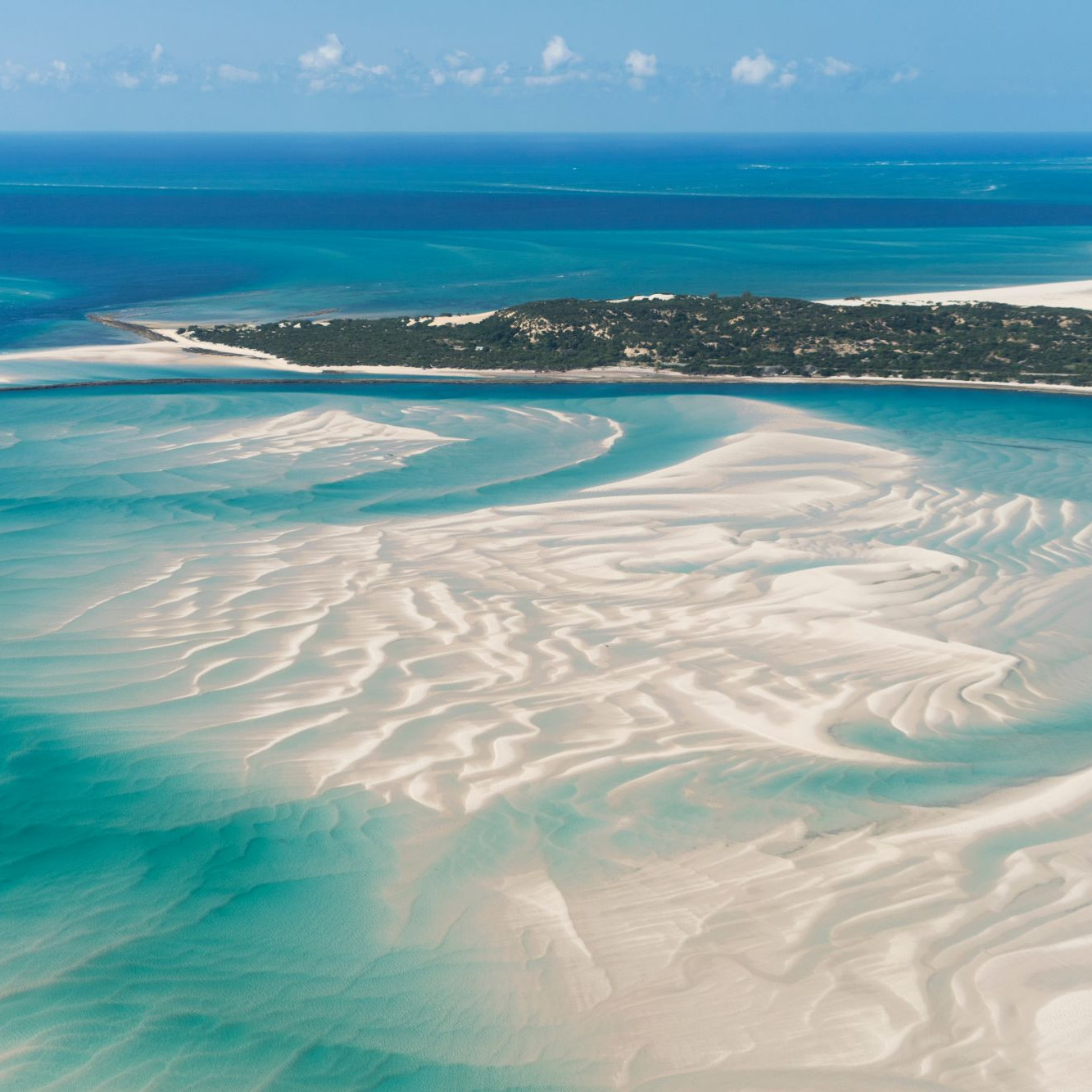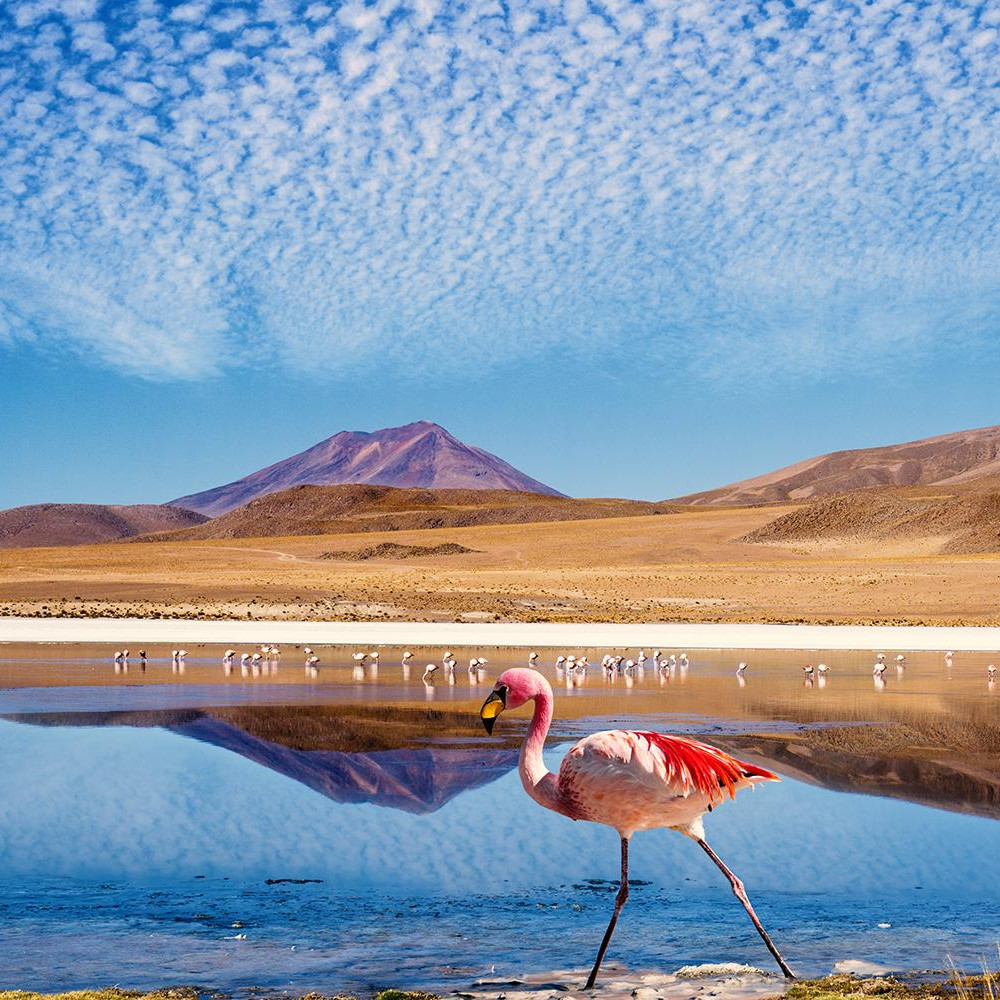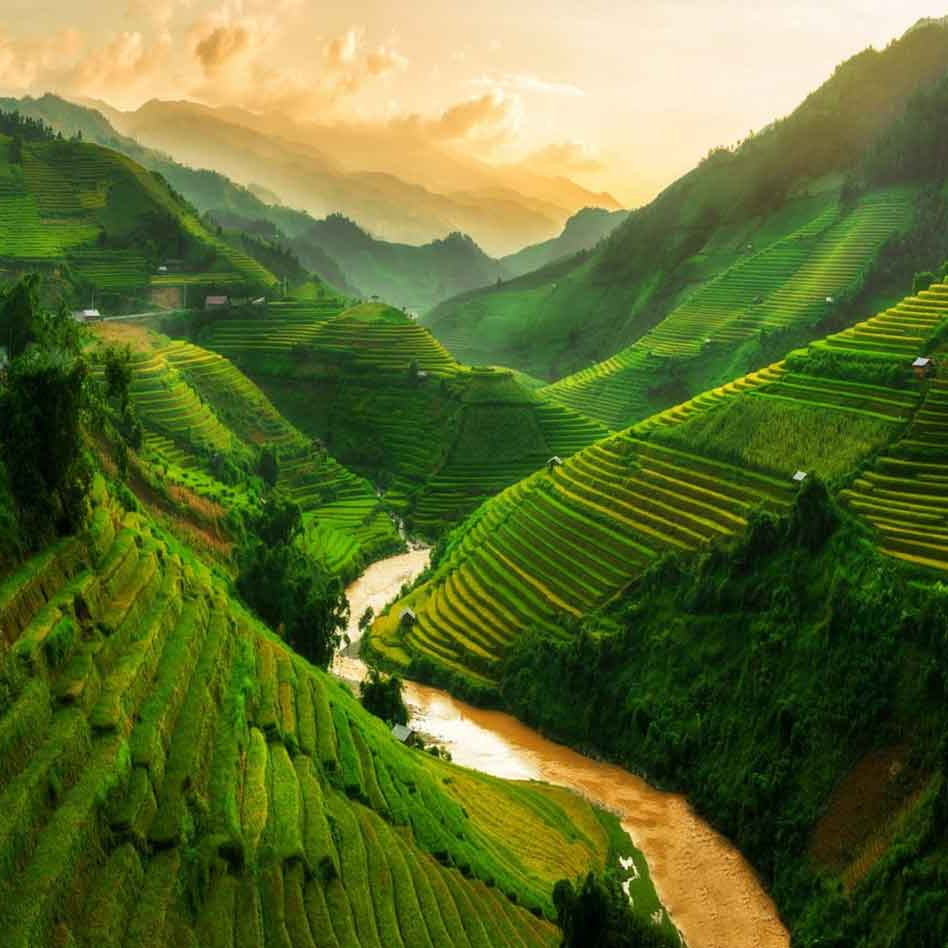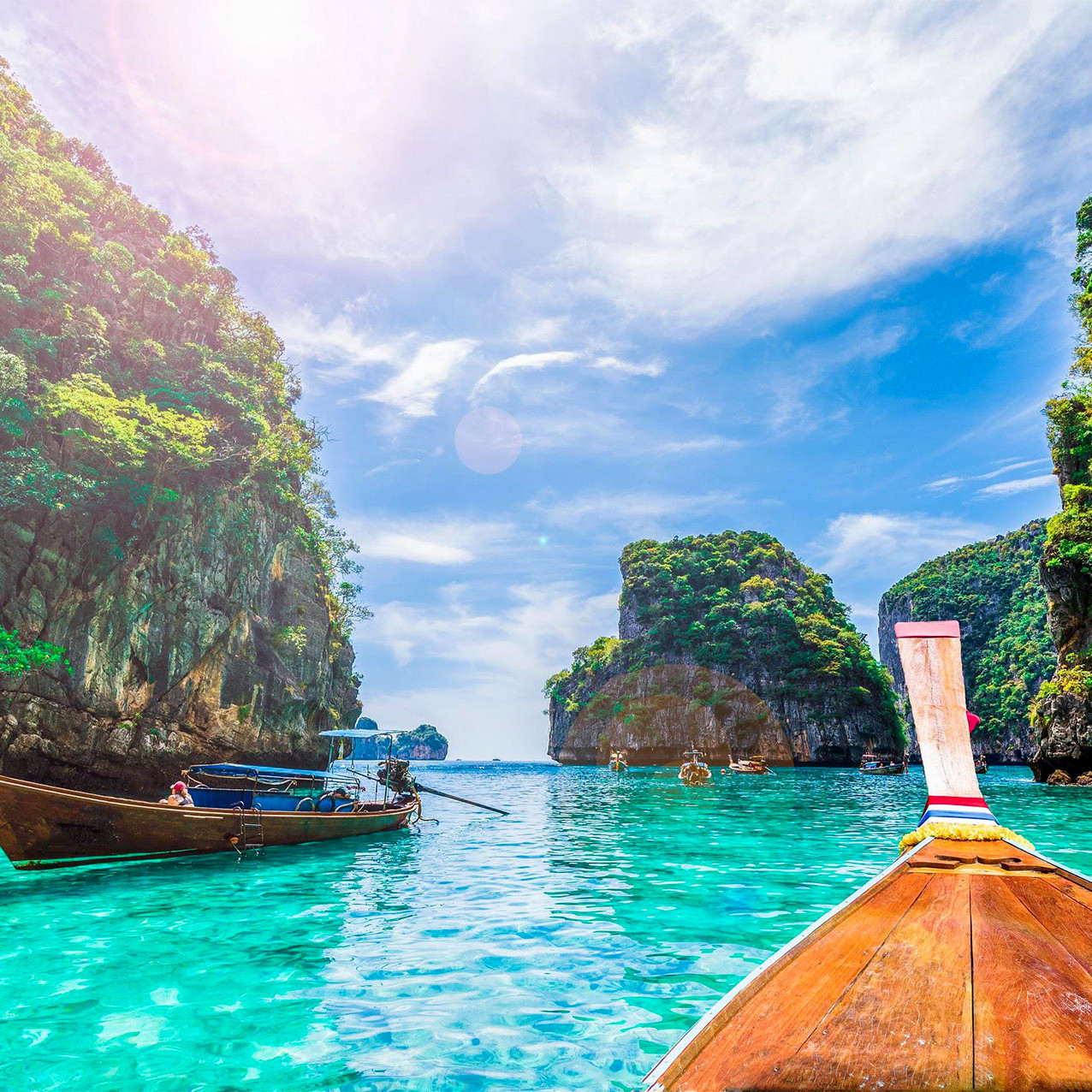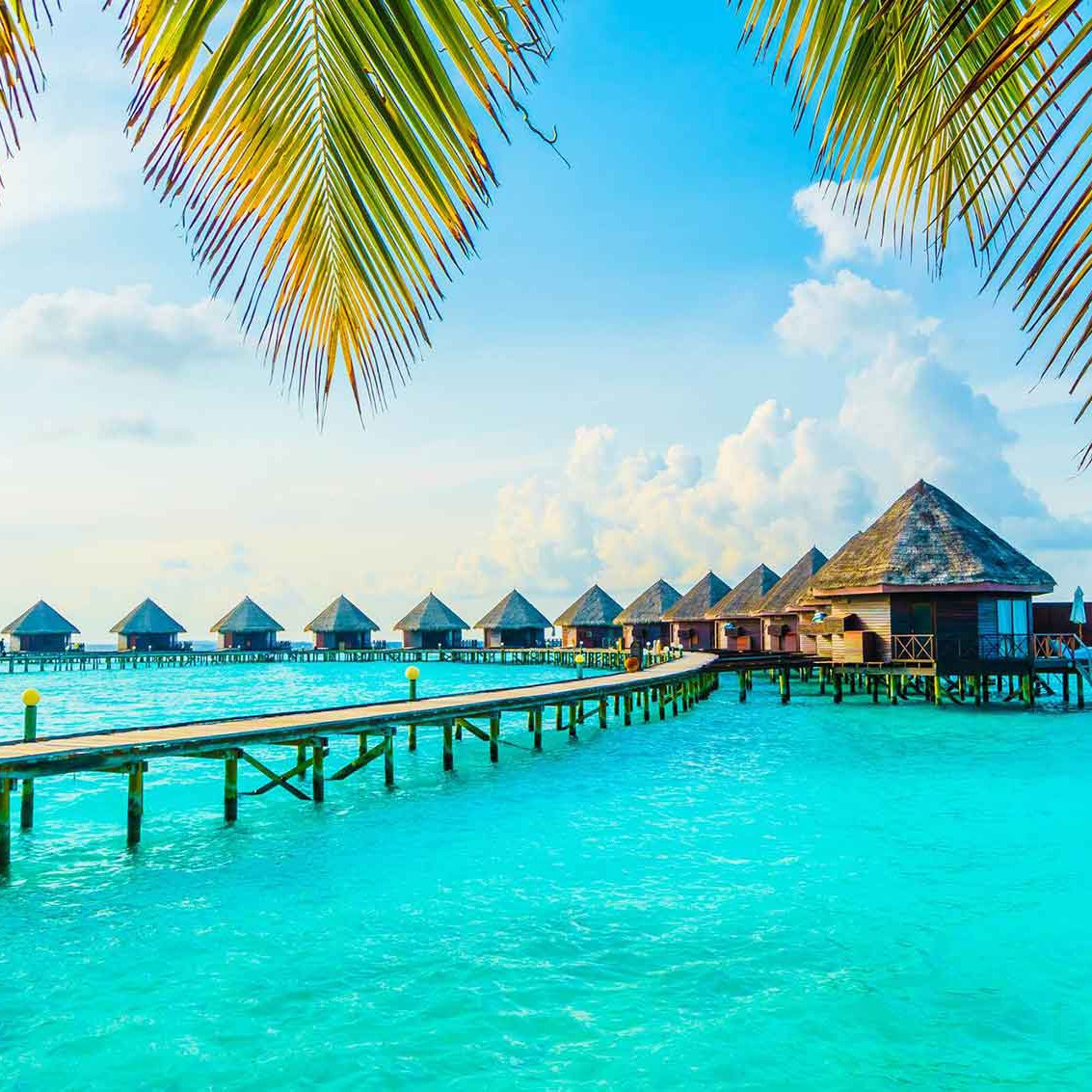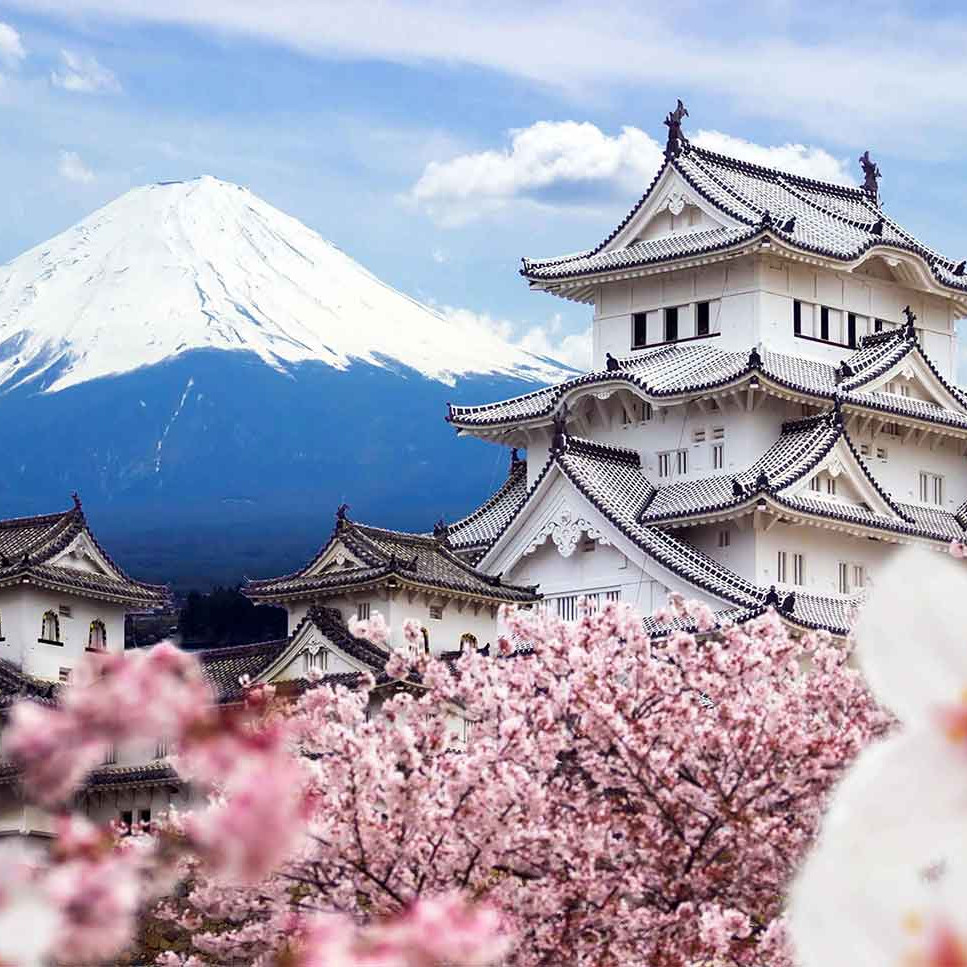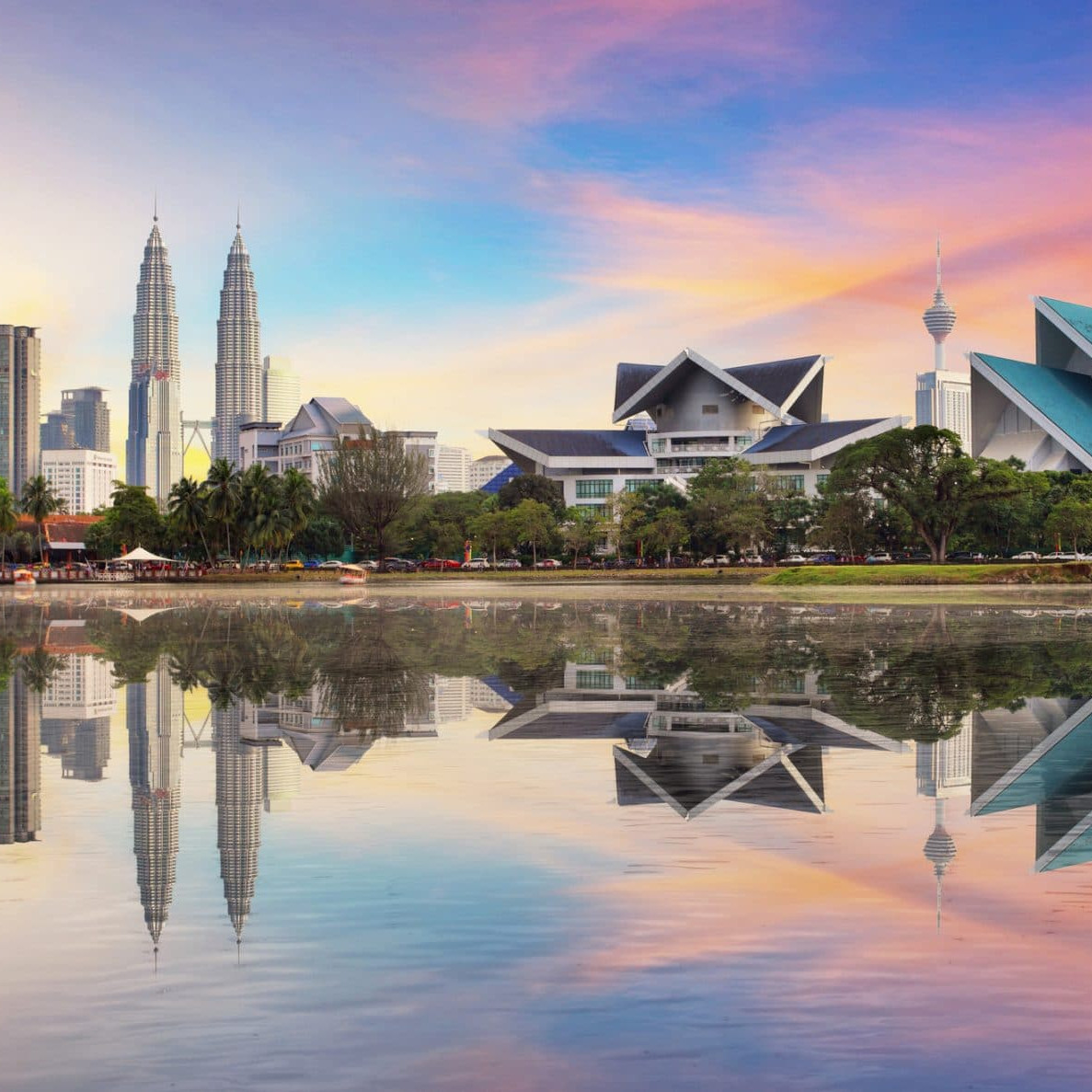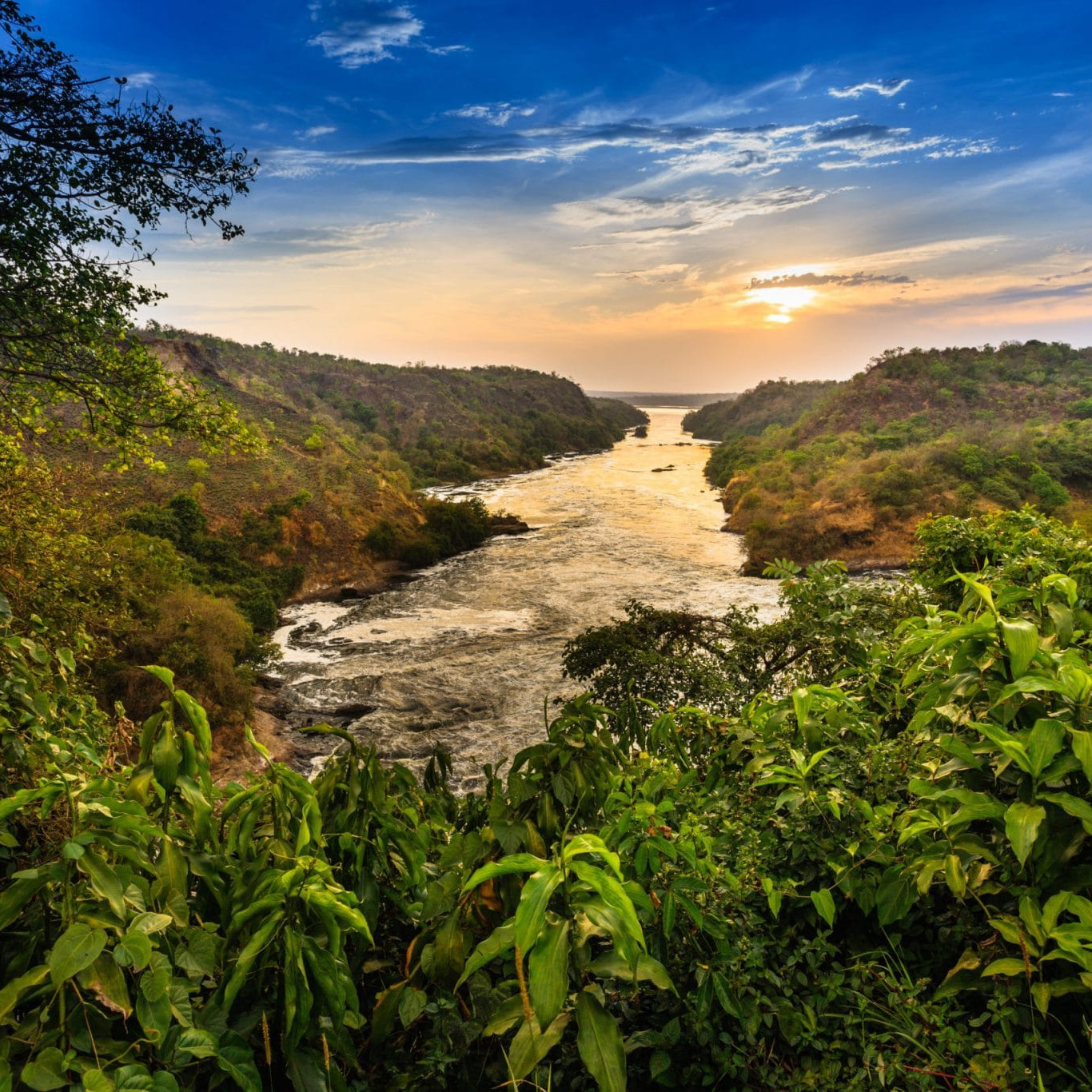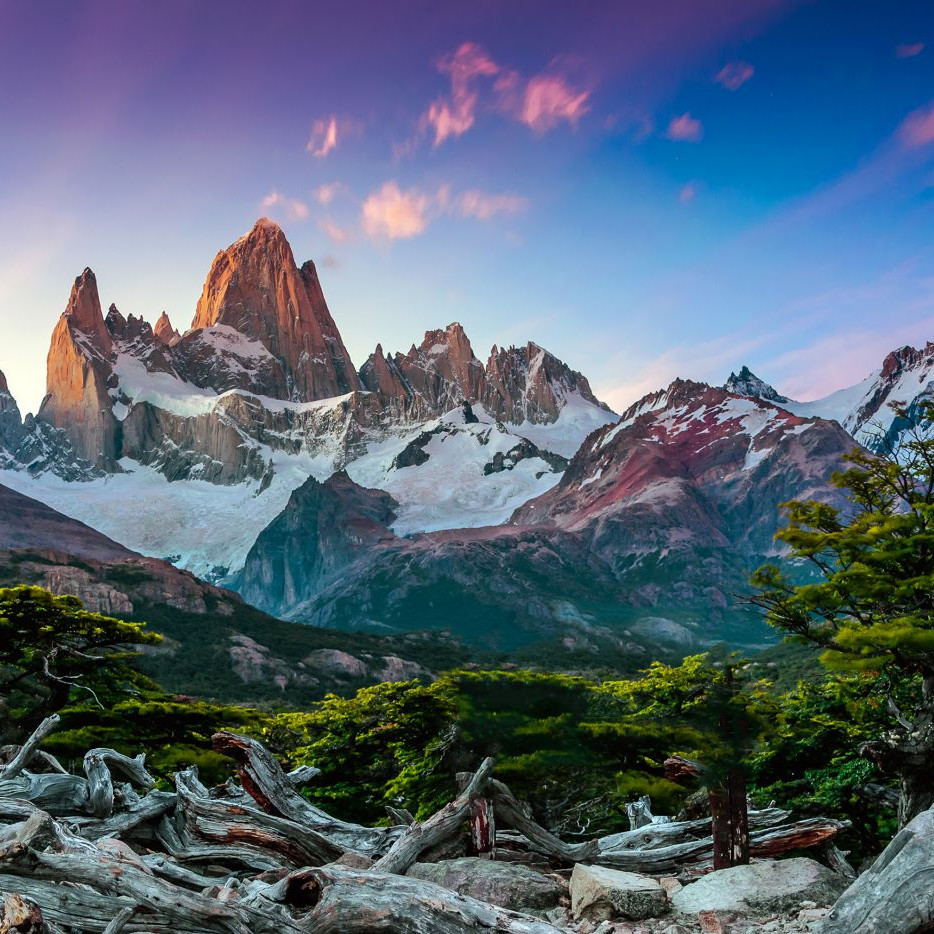Located in the the western Pacific Ocean in Asia, the Philippines is the second largest archipelago in the world, made up of 7,107 islands. The country is gifted with idyllic beaches, tasteful cuisine, friendly locals and natural wonders. Being one of the most budget friendly destinations, there is no doubt why millions of tourists visit the country every year.
Why Visit The Philippines
BEACHES
Philippines’ beaches are paradise. With over 22,500 miles (36,200 Km) of coastline, there is an infinite number of beaches with turquoise crystal-clear waters and diverse sand colors (white, cream, brown, gray, pink) to explore. And with its tropical weather, you can enjoy them at any time of the year.
NATURE
The Philippines is one of the most diverse countries in the world, home to 5% of the world’s flora and Seven Natural Wonders. Is home to a diverse range of fauna as well. Volcanoes, beaches, tropical rainforest, majestic mountains, the rice terraces of Ifugao, the lush forests of Bohol, there aren’t enough words to explain the beauty of this country.
AFFORDABLE
The Philippines is a very affordable destination compared to other popular tourist spots. Accommodation, food, and transportation are all reasonably priced, making it an excellent option for budget-conscious travelers.
PEOPLE
Filipinos are known for their warm hospitality and friendly nature. Visitors to the country are often struck by the genuine kindness and generosity of the locals. The Philippines is a melting pot of cultures, and its people are proud of their diverse heritage.
CUISINE
Filipino cuisine is a fusion of different culinary traditions, including Malay, Chinese, and Spanish. The result is a unique and delicious blend of flavors and dishes. Visitors to the Philippines can enjoy dishes like adobo, a savory stew made with meat, vinegar, and soy sauce, or sinigang, a sour soup made with tamarind and vegetables.
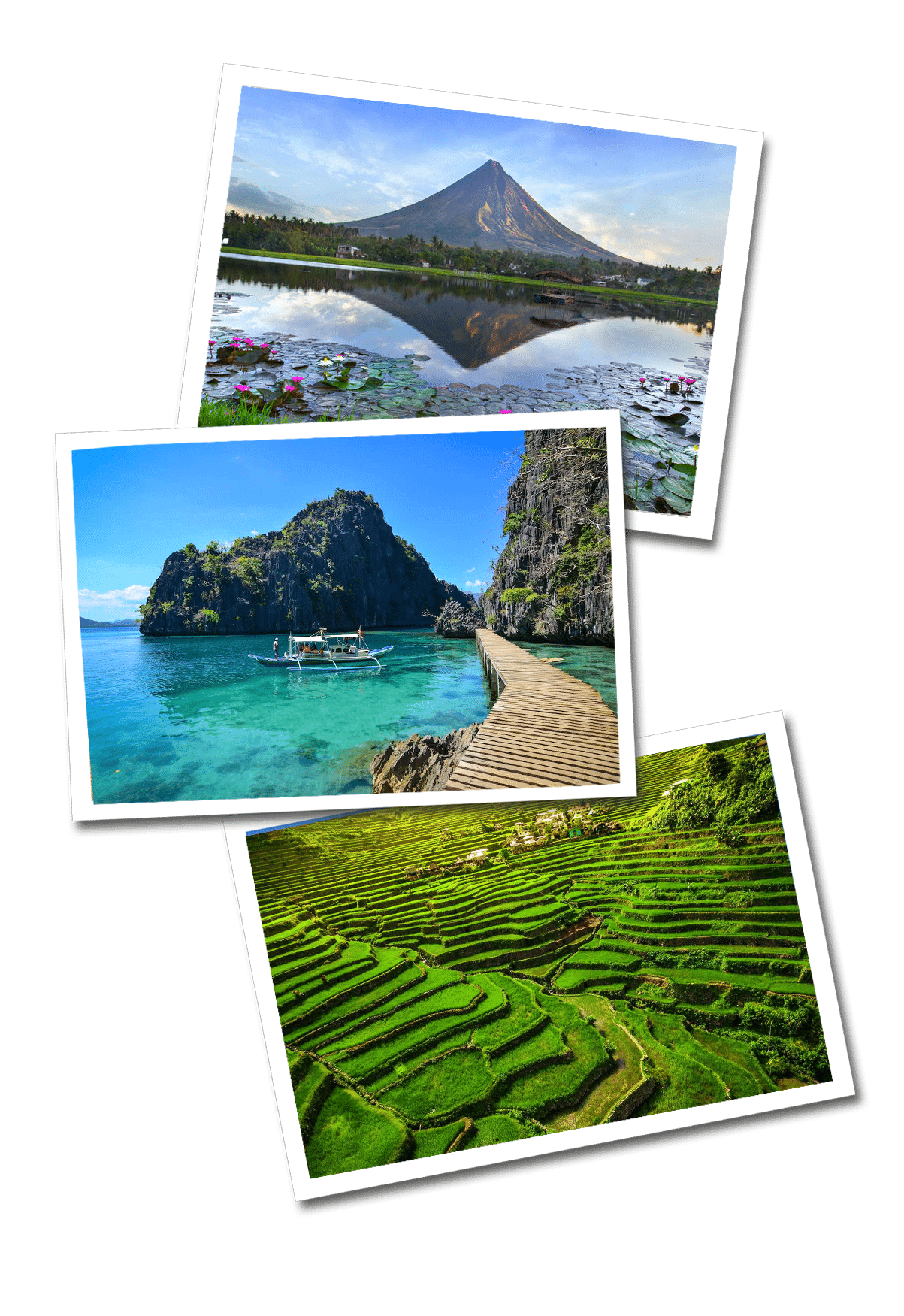
Located in the the western Pacific Ocean in Asia, the Philippines is the second largest archipelago in the world, made up of 7,107 islands. The country is gifted with idyllic beaches, tasteful cuisine, friendly locals and natural wonders. Being one of the most budget friendly destinations, there is no doubt why millions of tourists visit the country every year.

Why Visit The Philippines
BEACHES
Philippines’ beaches are paradise. With over 22,500 miles (36,200 Km) of coastline, there is an infinite number of beaches with turquoise crystal-clear waters and diverse sand colors (white, cream, brown, gray, pink) to explore. And with its tropical weather, you can enjoy them at any time of the year.
NATURE
The Philippines is one of the most diverse countries in the world, home to 5% of the world’s flora and Seven Natural Wonders. Is home to a diverse range of fauna as well. Volcanoes, beaches, tropical rainforest, majestic mountains, the rice terraces of Ifugao, the lush forests of Bohol, there aren’t enough words to explain the beauty of this country.
AFFORDABLE
The Philippines is a very affordable destination compared to other popular tourist spots. Accommodation, food, and transportation are all reasonably priced, making it an excellent option for budget-conscious travelers.
PEOPLE
Filipinos are known for their warm hospitality and friendly nature. Visitors to the country are often struck by the genuine kindness and generosity of the locals. The Philippines is a melting pot of cultures, and its people are proud of their diverse heritage.
CUISINE
Filipino cuisine is a fusion of different culinary traditions, including Malay, Chinese, and Spanish. The result is a unique and delicious blend of flavors and dishes. Visitors to the Philippines can enjoy dishes like adobo, a savory stew made with meat, vinegar, and soy sauce, or sinigang, a sour soup made with tamarind and vegetables.
- Name: Republic of the Philippines
- Capital: Manila
- Official Languages: Filipino, English
- Currency: Philippine peso
- Time Zone: UTC+8
- Name: Republic of the Philippines
- Capital: Manila
- Official Languages: English, English
- Currency: Philippine peso
- Time Zone: UTC+8
Bucket list
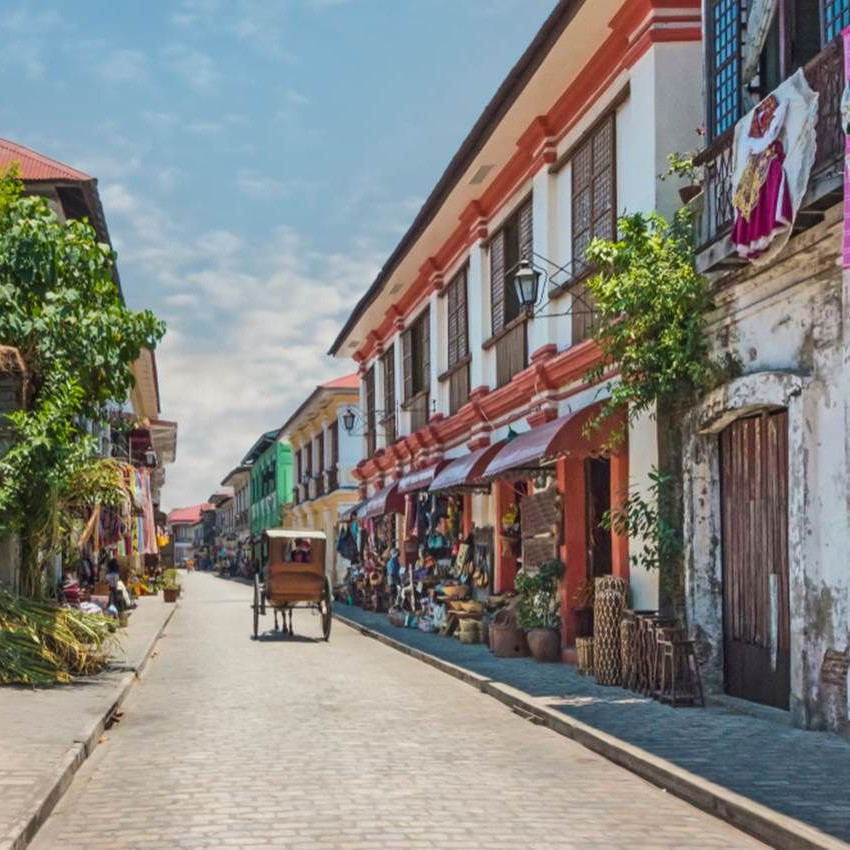
See Spanish colonial structures in Vigan
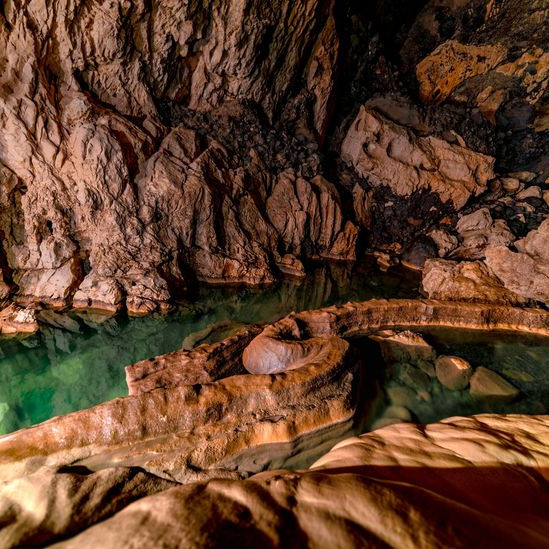
Visit the caves in Sagada
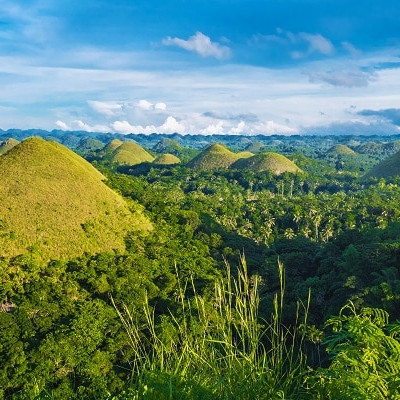
Check out the Chocolate Hills of Bohol
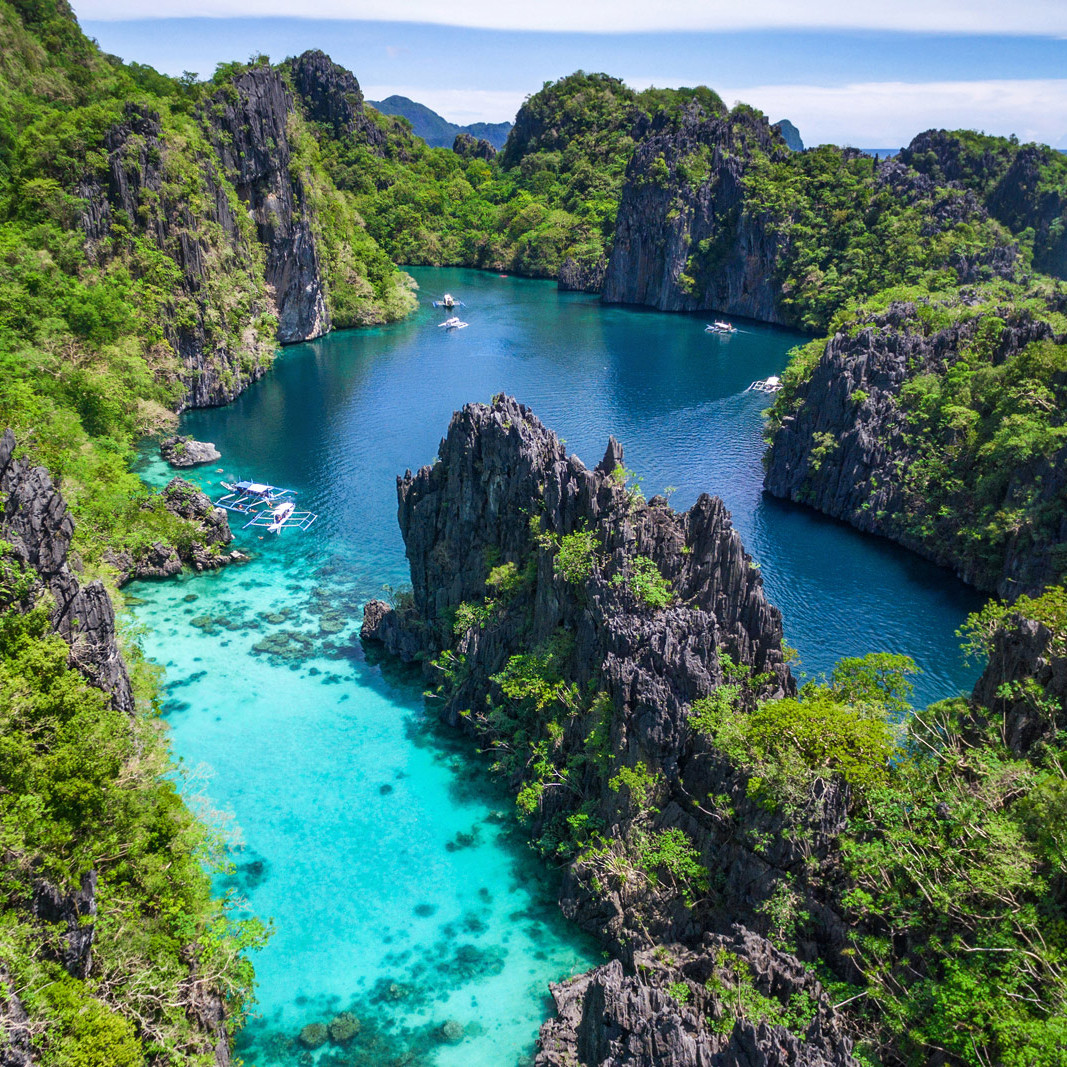
Go island hopping in El Nido, Palawan

Marvel at the lush rice terraces of Banaue
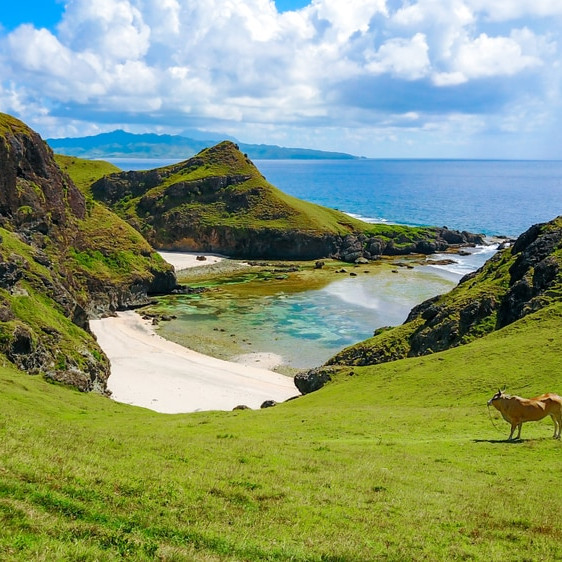
Wander around Batanes
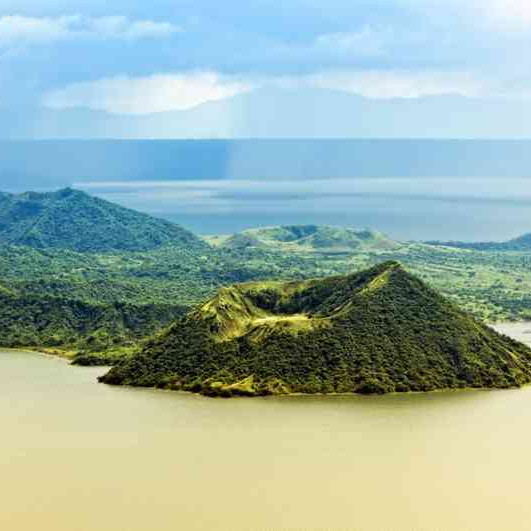
See the Taal Volcano
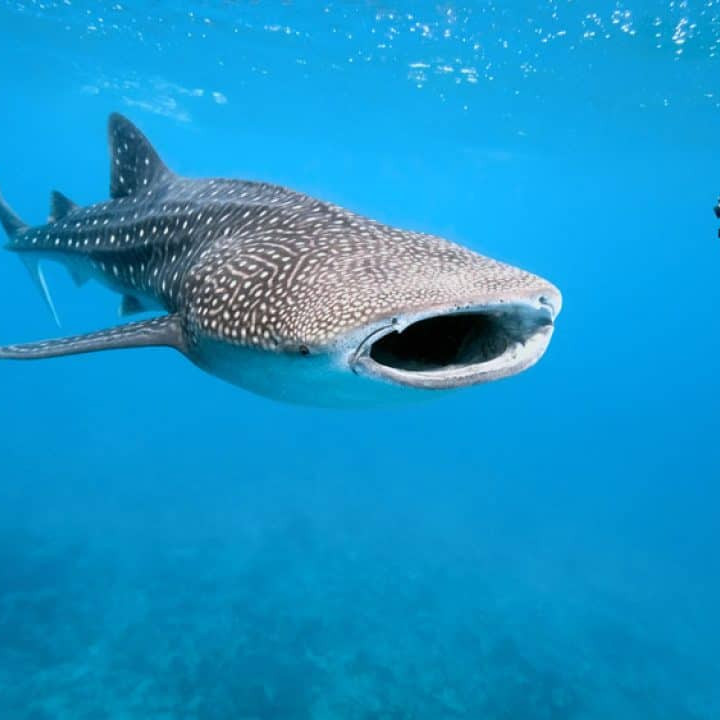
See whale sharks in Oslob
What to expect
LANGUAGE
The official language of the Philippines is Filipino, which is based on the Tagalog language. English is also widely spoken, and it is the language of business and education in the country. Visitors to the Philippines should have no problem communicating with the locals, as many of them are bilingual.
ELECTRICITY
In The Philippines the standard voltage is 220V and the frequency is 50 Hz. That’s the standard voltage in the UK, Europe, Australia and most of Asia and Africa; If you are traveling from the US you will need an adaptor.
CURRENCY
The Philippine peso, is the official currency in the Philippines. Other foreign currencies like euros and dollars might be accepted in some tourist areas, however it is recommended to exchange the money beforehand as the exchange rate will be better at the airport, banks or exchange houses. Credit cards are widely accepted. ATM’s are mostly found in big cities only. 1 USD equals 45 pesos (as of 2023).
CLIMATE
The Philippines enjoys a tropical weather throughout the year. High temperatures, humidity and rain is common. The coolest month is January with an average temperature of 77°F (25.5°C), while the warmest is May with an average of 85 °F (29°C). The best time to visit would be from November to April, when it is dry season.
SAFETY
The Philippines are generally safe to visit. Violent crime is rare, however petty crime is not. Be aware of the pickpockets and scams. Visitors are advised to take precautions to ensure their safety while traveling in the country. It’s best to avoid walking alone at night, especially in unfamiliar areas. Despite these concerns, the Philippines is generally a safe and welcoming country, and visitors can have a wonderful and memorable experience with proper precautions.
How to get around
Getting around the Philippines can be an adventure in itself. With over 7,000 islands, there are several modes of transportation to choose from depending on your destination and budget.
- Air travel: Domestic flights are the fastest way to travel between the major cities and islands in the Philippines. Philippine Airlines, Cebu Pacific, and AirAsia Philippines are the three main airlines that operate domestic flights. Flights can be booked online or at the airport.
- Ferry: Ferries are a popular mode of transportation for island hopping in the Philippines. There are several ferry companies that operate routes between the different islands. Some of the popular ferry companies include 2GO Travel, Montenegro Shipping Lines, and Oceanjet. Ferry tickets can be purchased at the ports or online.
- Bus: Buses are a convenient and affordable way to travel within the major cities and provinces in the Philippines. The buses are comfortable and air-conditioned, and they run on fixed routes. Some of the popular bus companies include Victory Liner, JAC Liner, and Philtranco. Bus tickets can be purchased at the bus terminals or online.
- Jeepney: Jeepneys are a unique form of public transportation that can be found all over the Philippines. They are brightly colored and decorated, and they can accommodate up to 20 passengers. Jeepneys operate on fixed routes, and passengers can hail them from the side of the road. The fare is usually very affordable.
- Tricycle: Tricycles are a common form of transportation in the Philippines, especially in the smaller towns and villages. They are a motorbike with a sidecar that can accommodate up to three passengers. Tricycles operate on fixed routes, and they can be hailed from the side of the road. The fare is usually negotiable, and it’s best to agree on a price before boarding.
- Taxi: Taxis are readily available in the major cities in the Philippines. They are metered, and the fare is usually very affordable. Some of the popular taxi companies include Grab and Uber. Taxis can be hailed from the side of the road or booked through a mobile app.
The Philippines has a relatively open visa policy, with many countries being able to enter the country without a visa for a limited period of time. However, there are also several countries that require a visa to enter the Philippines.
Citizens of the European Union member states, Australia, Brazil, Canada, Hong Kong, Japan, New Zealand, South Korea, and the United States can enter the Philippines without a visa for up to 30 days. Citizens of Brunei, Israel, and Singapore can enter without a visa for up to 14 days.
Citizens of China, India, Kazakhstan, and the Maldives can apply for a visa upon arrival in the Philippines for a fee. However, citizens of Afghanistan, Algeria, Angola, Bangladesh, Belarus, Bosnia and Herzegovina, China (except for Hong Kong and Macau Special Administrative Regions), Egypt, India, Iran, Iraq, Jordan, Kosovo, Lebanon, Libya, Moldova, Nigeria, North Korea, Pakistan, Palestine, Sierra Leone, Somalia, South Sudan, Sudan, Syria, Yemen, and Zimbabwe are required to obtain a visa before traveling to the Philippines.
Visa requirements and policies can change at any time, so it’s always best to check with the Philippine embassy or consulate in your country for the latest information. It’s also important to note that visa requirements may vary depending on the purpose of travel, length of stay, and other factors.
SUBSCRIBE!
Are you a globetrotter? Join our platform and get exclusive travel tips, getaways and more!
Mozambique
Travel Mozambique, a unique and vibrant country with pristine beaches, diverse wildlife, rich cultural heritage, and bustling cities...
Bolivia
Travel Bolivia, home to 40% of all animal and plant species in the world. The country is blessed with an incredible diverse nature, from..
Vietnam
Travel Vietnam, a country rich in culture, history, and natural beauty, making it a fascinating and unique destination for travelers. From...
Thailand
Thailand is one of the gems of Asia. The country has so many things to see that is it really hard to choose where to start. Tropical beaches..
The Maldives
The Maldives is one of the best destinations for an island retreat. Comprised by 1190 islands and the smallest country in Asia, the country is home to beautiful white sand beaches, crystal clear waters..
Japan
Travel Japan, an archipelago comprised by 6,852 islands and home to a millenaire culture with interesting and unique traditions, extraordin..
Malaysia
Travel Malaysia, one of the most diverse countries in the world. From its culture and architecture…
Uganda
Travel Uganda, a very hospitable destination, with its friendly locals and sunny days all year…
Argentina
Travel Argentina, a country king in diversity of all kinds, offering a variety of features and…


